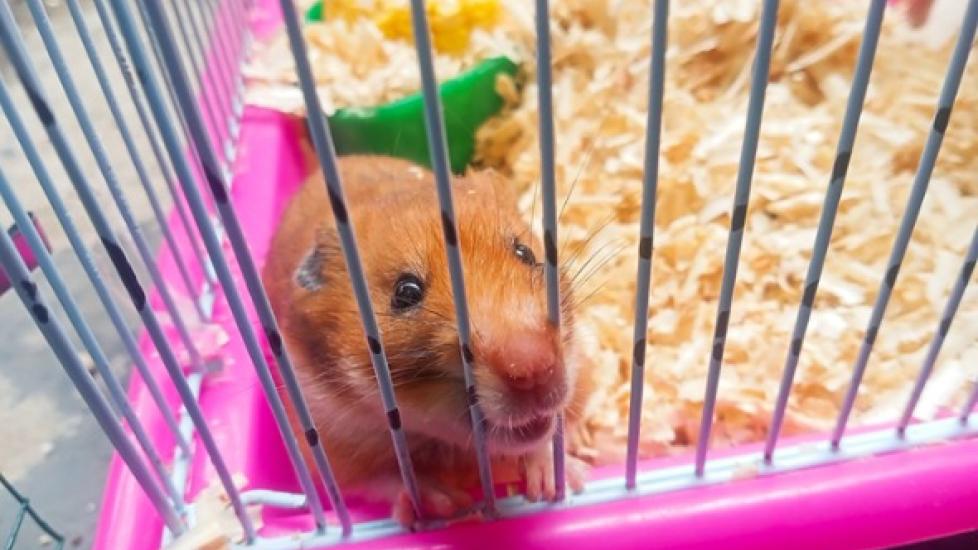Inflammation and Scarring of the Liver and Bile Ducts in Hamsters
Cholangiofibrosis in Hamsters
Cholangiofibrosis is associated with the inflammation and scarring of the liver and bile ducts. Essentially, it is related to two separate conditions: hepatitis and cholangitis. Inflammation of the liver (or hepatitis) can cause fibrous (scar) tissue to form if left untreated for more than three months. The fibrous tissue constricts the blood vessels in the liver, affecting its blood flow. Cholangitis, meanwhile, is defined as the inflammation of the bile ducts. If left untreated, it can also cause fibrous tissue to form which reduces or stops the flow of bile.
Cholangiofibrosis is usually seen in older hamsters, especially females. Unfortunately, there is no effective treatment for cholangiofibrosis, making the general outcome of affected hamsters poor.
Symptoms
- Loss of appetite (anorexia)
- Depression
- Edema and fluid buildup in the abdomen
- Yellowing of the skin and/or eyes (jaundice)
- Nervous system symptoms (in severe cases)
Causes
Though the cause of cholangiofibrosis is unknown, various reasons like liver disease, infectious agents, and toxic chemicals have all been suspected. Older hamsters, particularly females, are said to be prone to develop cholangiofibrosis.
Diagnosis
Your veterinarian will suspect some liver disorder by observing the clinical symptoms. However, cholangiofibrosis can only be confirmed with the assistance of X-rays and scans. Blood test results can also suggest a liver disease if an abnormal increase in enzymes is discovered.
Treatment
There is no effective treatment for cholangiofibrosis.
Living and Management
The general outcome for hamsters affected with cholangiofibrosis is poor. Your veterinarian will instead focus on advising you on how to keep the hamster stress-free. He or she may also recommend changing the diet to contain less proteins and fats and more calcium and carbohydrates.
Prevention
Feeding your hamster a diet high in carbohydrates, calcium, and protein are known to have a protective action against hepatotoxic agents, which can produce cholangiofibrosis. Treating any infectious disease, which can affect the liver promptly, can also help in preventing cholangiofibrosis from developing.
Featred Photo: iStockPhoto.com/Insan Kamil
